On the last summer’s day of the year, I made a visit to the Oxford University Museum of Natural History, which is a rather lovely place to be.
The building is lovely. A classic example of Victorian Gothic Revival architecture, built in the 1850s.
 Like most of Oxford, it is built of local Cotswold stone, a honey coloured Jurassic Oolitic limestone.
Like most of Oxford, it is built of local Cotswold stone, a honey coloured Jurassic Oolitic limestone.
Before going in, I admired one its quirkier features. The whole of the façade is covered with fine carvings, but just above the door is some rough stone. The story I was told about this, is that the Irish craftsmen who working on the building felt they were badly treated by the University. One night, drunk, they carved alternating images of monkeys bums and professors faces. Once their handiwork was discovered, they were summarily sent home. Their carvings were roughly removed, but no-one with the skill to repair them remained, so the remains are visible to this day. I’ve never checked this story, it is so good I don’t want to be told it is not true.
Inside the museum you are in temple of Science. A grand soaring space, it was purpose built as such. The very columns are educational.
They are all like this, educational examples of building stones from the British Isles.
The museum was the venue in 1860 for an historical debate about Darwin’s ideas. The debate involved the Bishop of Oxford Samuel Wilberforce and Thomas Henry Huxley, also known as Darwin’s bulldog. The most famous exchange was where Wilberforce attempted to belittle evolution by asking Huxley if he was descended from an ape by his mother’s or father’s side. Huxley replied “I’d rather be descended from an ape than from a gobshite like you” (I paraphrase) and was regarded to have won the argument. It’s an important phase in the acceptance of evolution beyond the scientific community.
The museum contains lots of lovely things, including a sample of the first ever dinosaur (the first one identified as such), a big dinosaur model and so on but my favourite was a sample of Isua gneiss from Greenland, 3.8 Ga.
This sample used to sit in the coffee lounge of the department of Earth Sciences, just next door to the museum, it is a bit grubby on top from geologists leaning on it. For a while it was the rock with the oldest known radiometric age, the date coming from analysis done in a lab in the same building.
I used to sit in that coffee lounge quite a lot myself as I studied there for both my undergraduate and graduate degrees. The department has moved to a new building and the old one stands empty. I peered through the window at the room that used to house the electron microprobe and felt nostalgic. Only for 30 seconds mind, until my children got bored and dragged me away. Children are a good antidote for nostalgia, I find.
The last time I’d been in the museum might well have been just before a final-year undergraduate practical exam, when we all milled around (in our silly exam uniform, including mortar boards) anxiously looking at the displays and cramming fossil names. I’m sure I won’t leave it as long before my next visit.

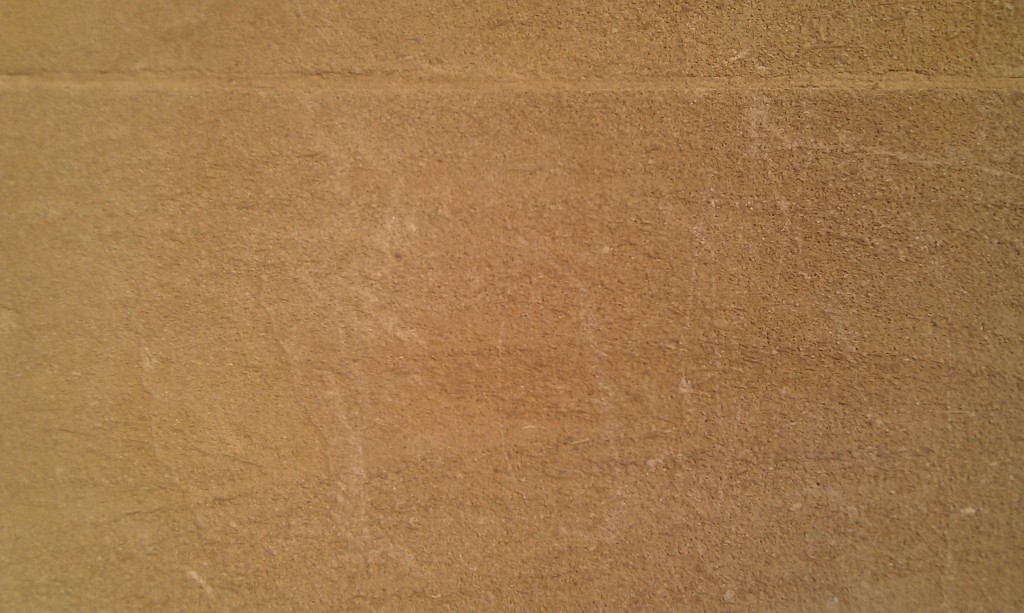
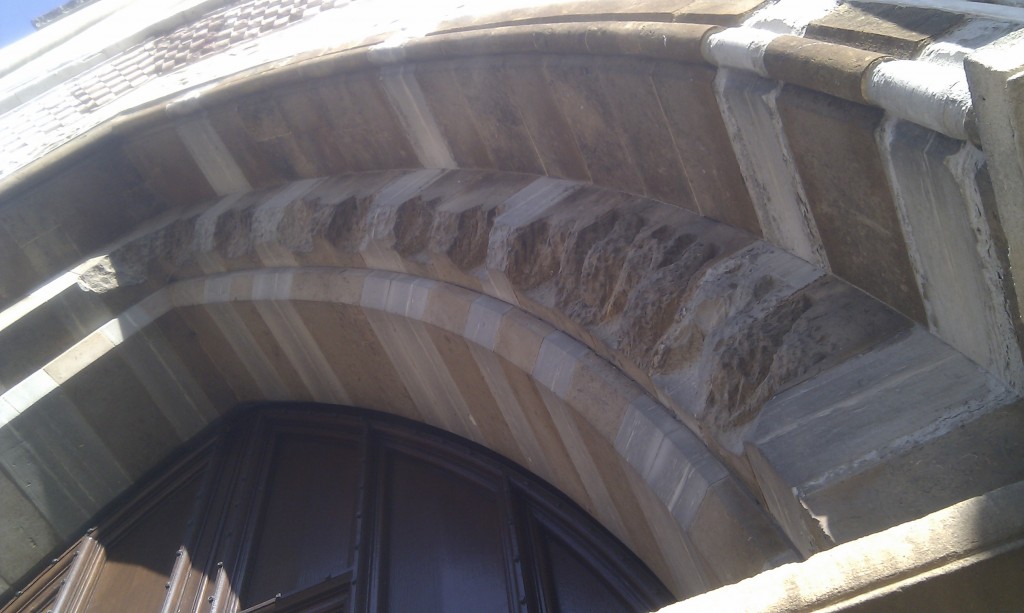
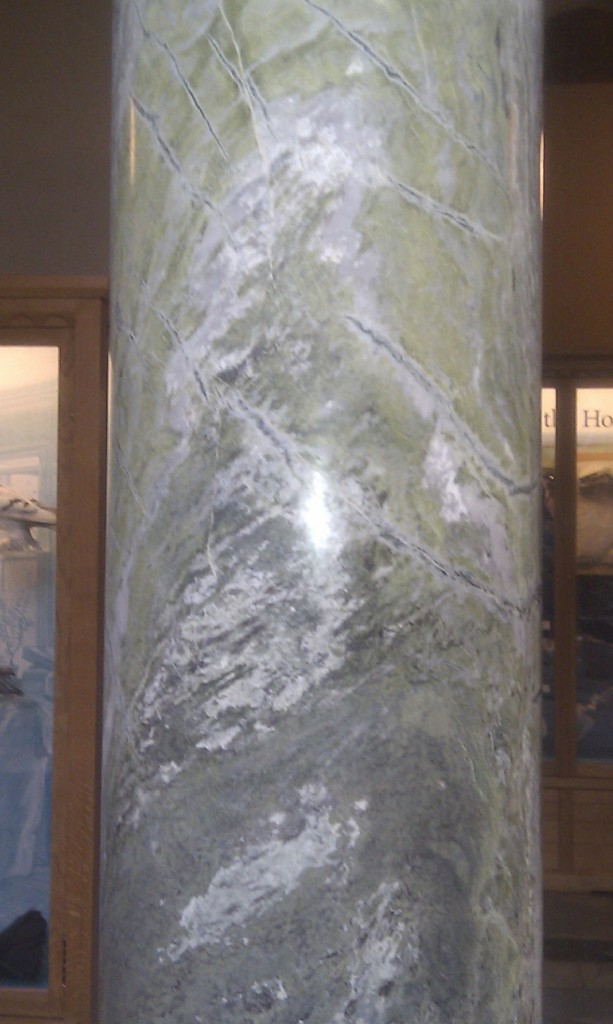
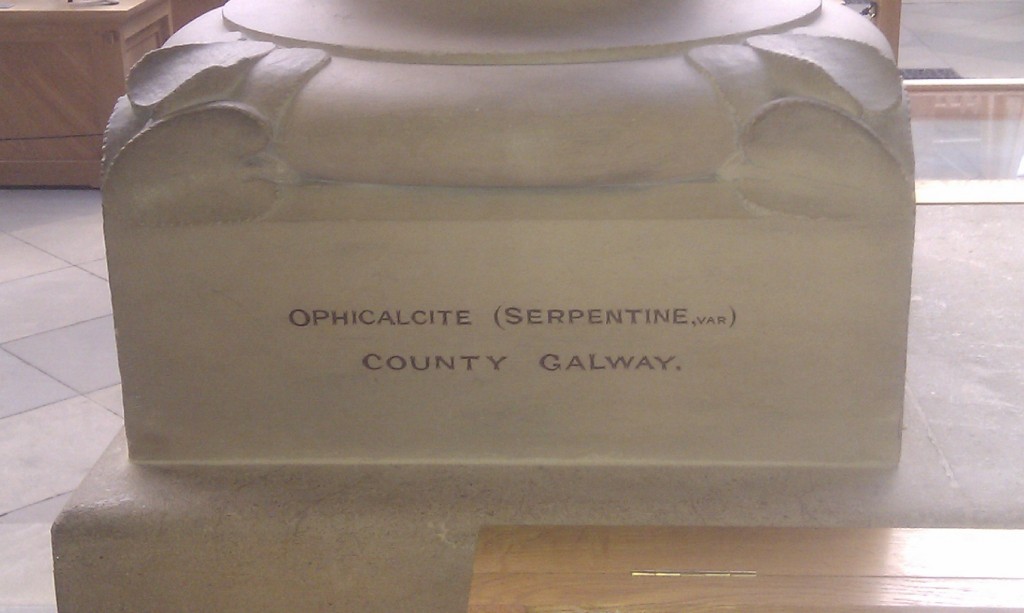
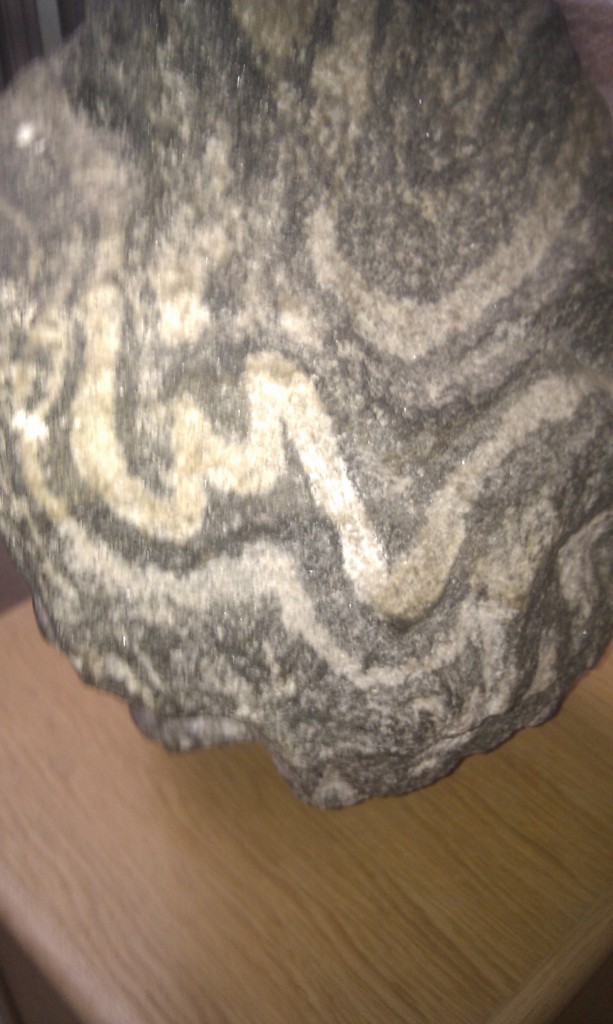
I have trouble imaging terrain that I can’t visit on a day trip.
Your Isua gneiss is very familiar to me from similar folding in Wissahickon Schist from the Philadelphia Area. What I can’t get through my head is the nature of Archean TTG terrain. Is it layered like gneiss or is it more speckled like granite? I’m talking, macroscopic, physical on the scale of mm to cm. I can find a zillion sources for the minerals, chemistry, isotopes etc., but no one bothers to show enough outcroppings and boulders from enough areas to give me a feeling like I spent a summer driving around the North American cratons.
When I bring up the individual components (tonalite, trondhjemite and granodiorite), I mostly get hand-sample images of flecked rock like granite without the leucosomes and melanosomes of gneiss. So does TTG trend toward monolithic like plutonic granite or toward layered, folded and segregated like migmatite or schist?
Hi,
I think the answer is it can look like both. TTG is originally igneous material, but it will usually be deformed into folded layers. Maybe Google Earth on road cuts might help?
If you Google Lewisian Gneiss (which is a Scottish slice of Northern American craton) there are lots of field photos.